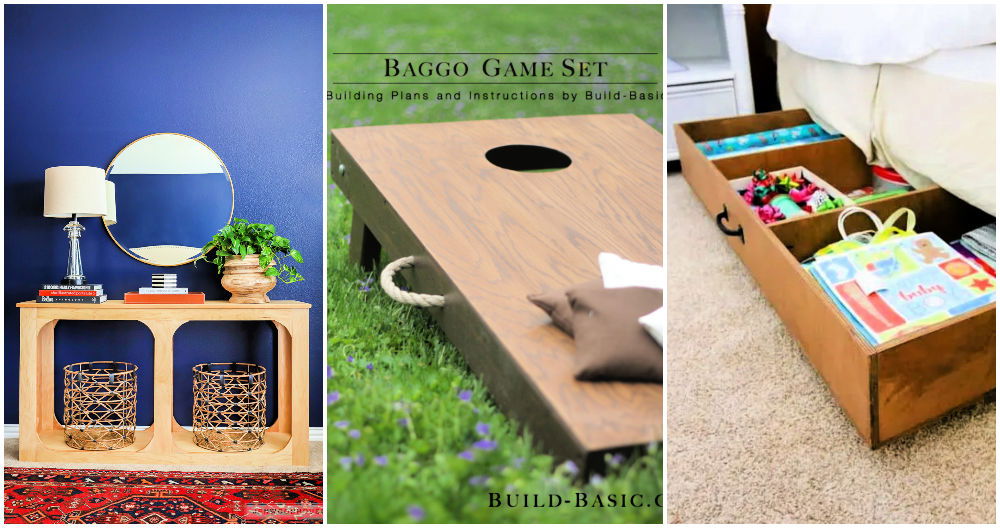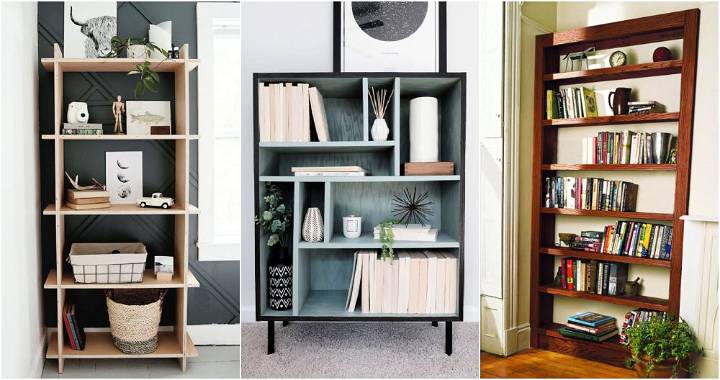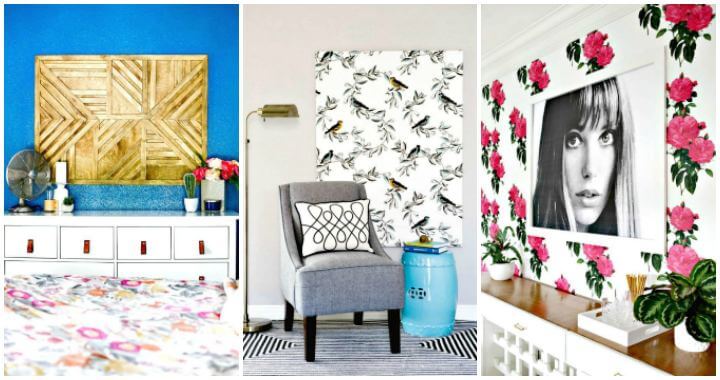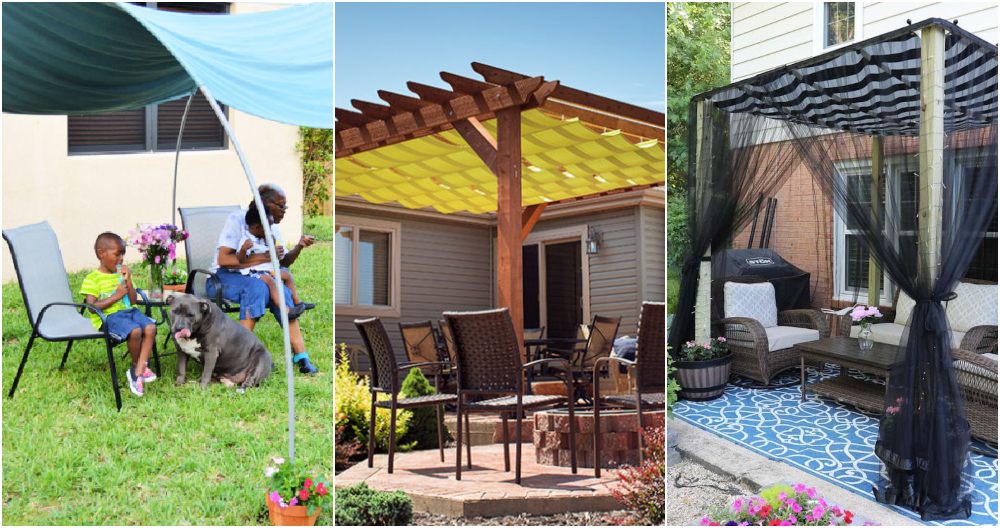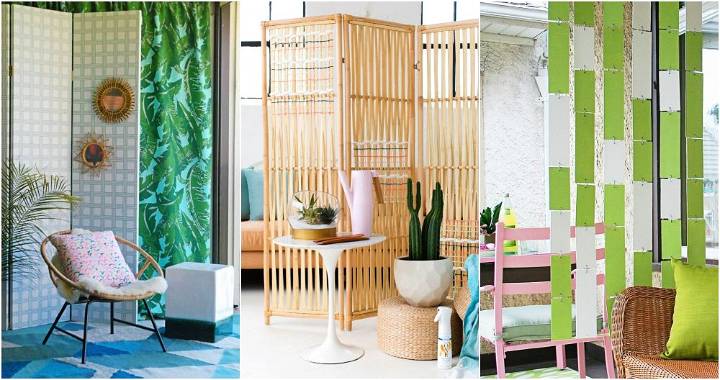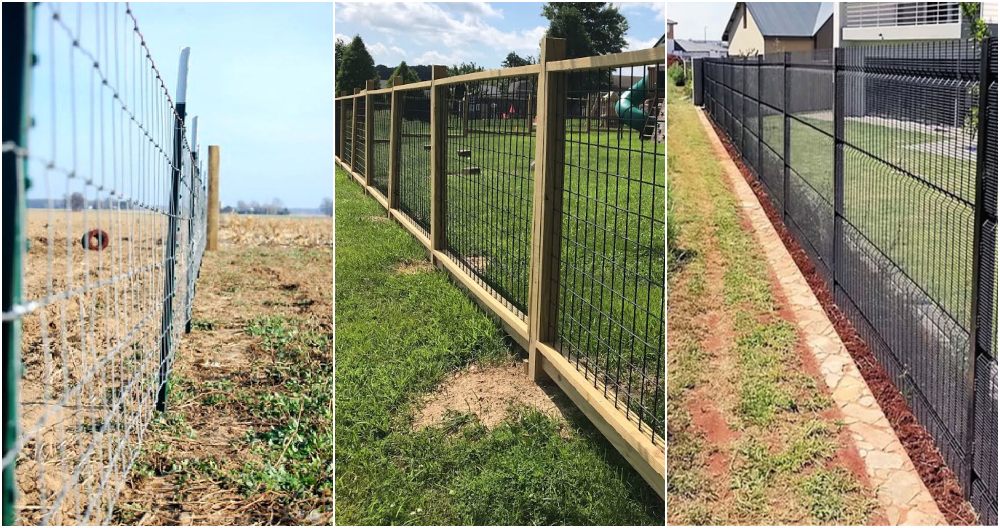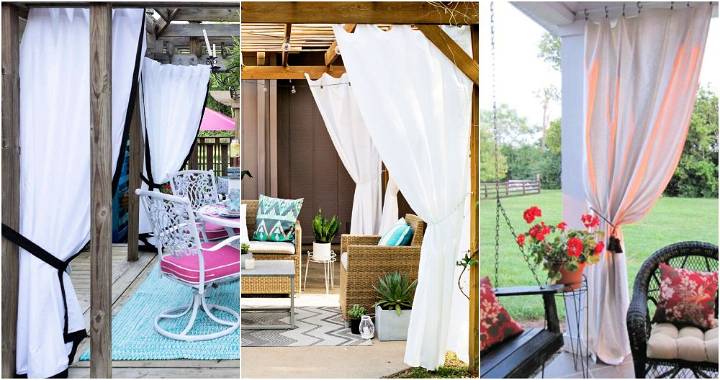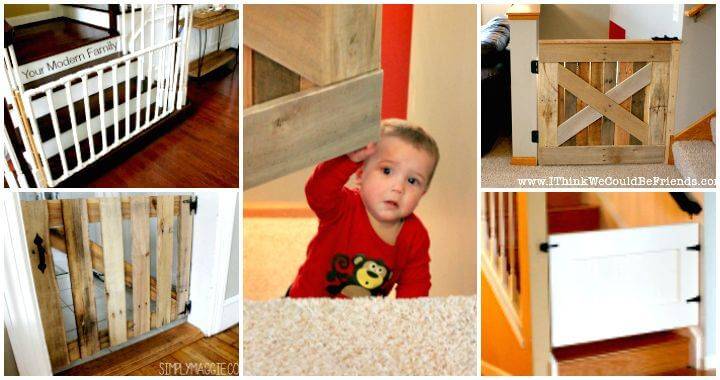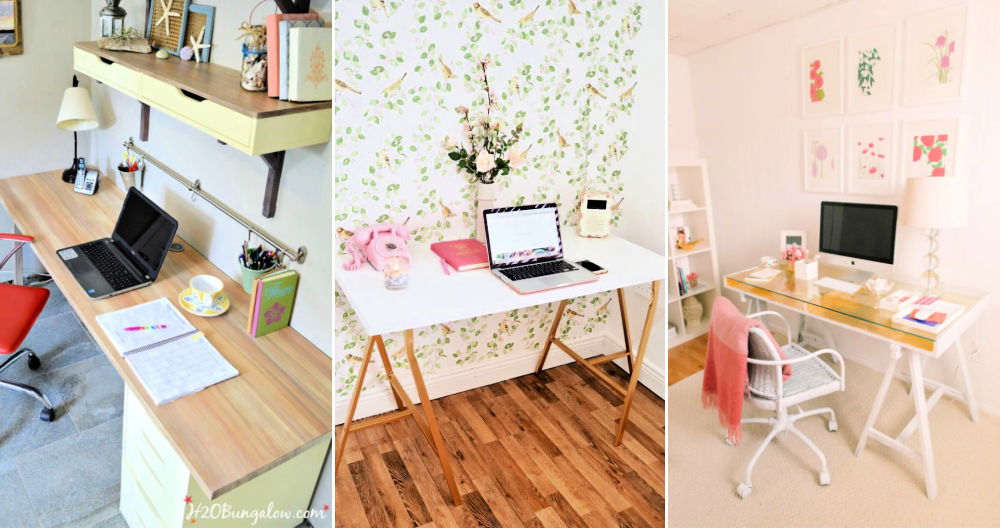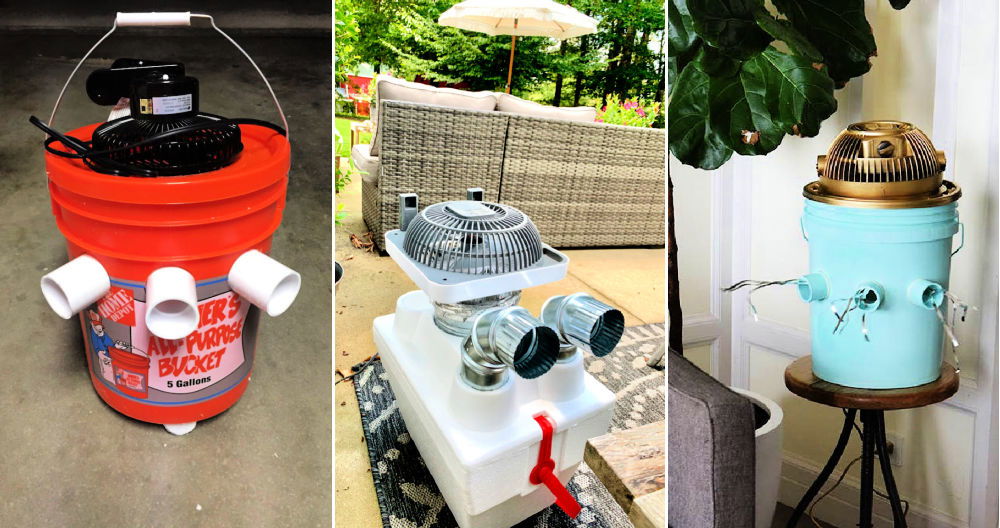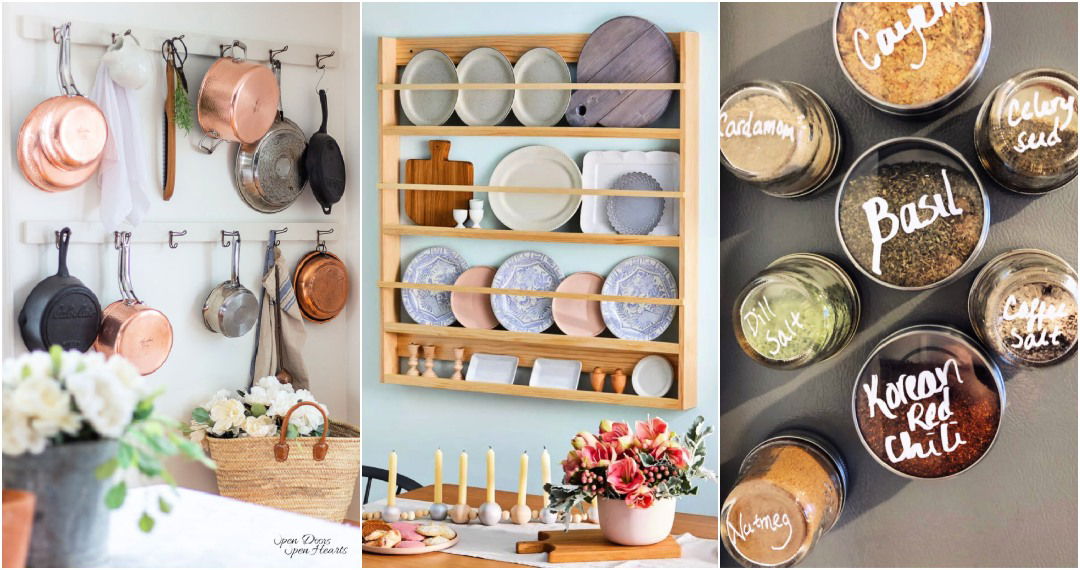Looking for cost-effective solutions to upgrade your home's flooring? DIY plywood flooring is a fantastic avenue to explore. It combines affordability with the potential for creative expression, making it a popular choice among DIY enthusiasts. This guide dives into various aspects of making and maintaining plywood floors, from selection and installation to staining and sealing. By opting for plywood, homeowners can achieve the look of hardwood flooring without the high cost, all while adding a personal touch to their space.
Navigating through the process of installing plywood floors may seem daunting, but it's rewarding. We'll step through choosing the best plywood, transforming sheets into planks, preparing the underlayer, and finalizing with a beautiful finish. Plus, for those keen on adding extra durability and aesthetic appeal, we'll cover how to effectively stain and seal your floors. With these tools and tips, transforming your living space with plywood flooring becomes an achievable project that not only saves money but also elevates your home. Stay tuned for detailed, step-by-step instructions that ensure your success.
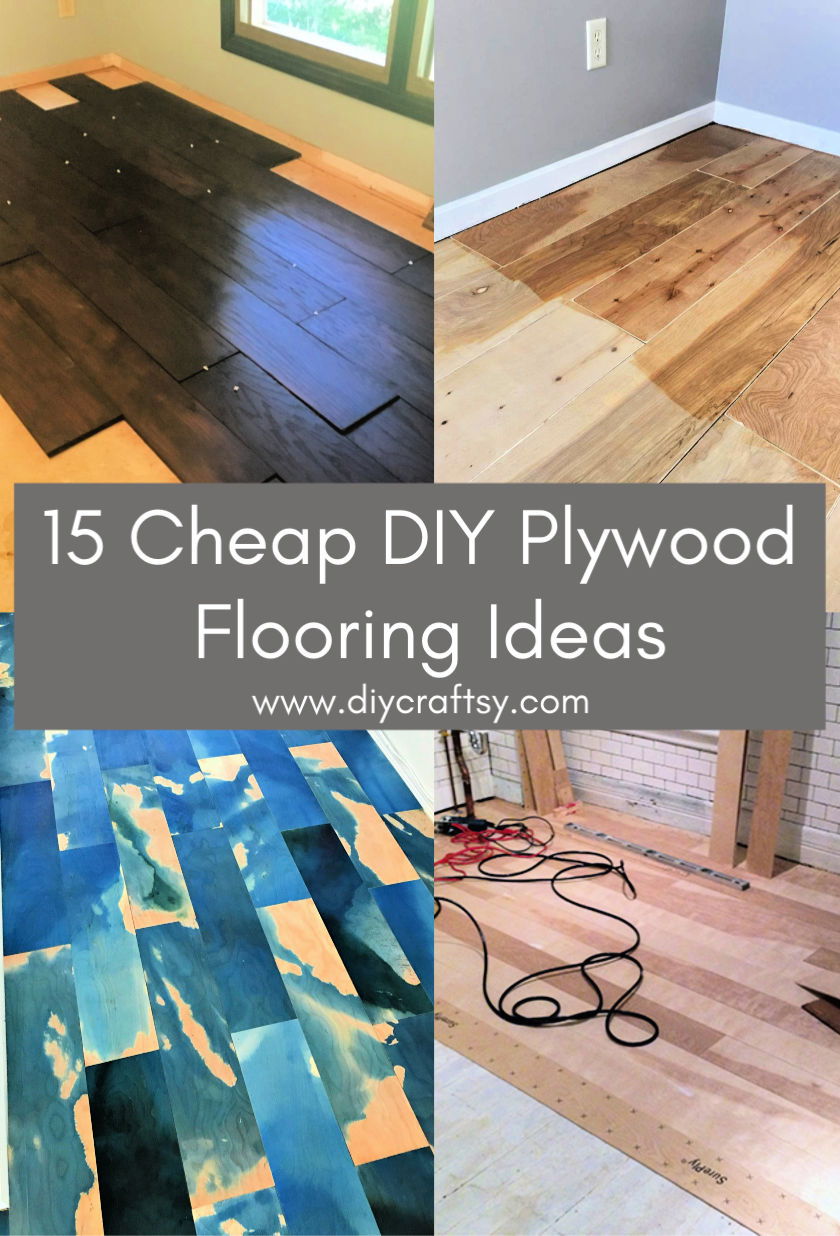
Why Choose DIY Plywood Flooring?
Deciding to embark on a DIY plywood flooring project can seem daunting. However, the benefits are numerous and compelling. Here are a few key reasons why DIY plywood flooring could be the perfect choice for your home:
- Cost-Effective: Plywood is significantly cheaper than traditional hardwood floors. By choosing to DIY, you save on both materials and labor costs. It's a budget-friendly option that doesn't compromise on style.
- Customizable: One of the greatest advantages of plywood flooring is its versatility. You can cut, stain, and finish plywood in a myriad of ways to fit your specific aesthetic. Whether you want a rustic, modern, or unique look, plywood offers the flexibility to make it happen.
- Eco-Friendly: Choosing plywood can be a more sustainable option, especially if you select a product that's certified by the Forest Stewardship Council (FSC). By using a wood product that comes from responsibly managed forests, you're making an eco-conscious choice.
- Durability: When properly installed and sealed, plywood floors can withstand daily wear and tear. It's a robust material that can last for years with minimal maintenance, making it an excellent investment for busy households.
- Easy Installation: With the right tools and a detailed guide, even beginners can successfully install plywood flooring. It's a satisfying project that can enhance your skills and give you a sense of accomplishment.
By considering these points, you'll see that DIY plywood flooring is not just a budget-friendly option but also a creative and sustainable way to upgrade your home.
How to Install Plywood Floors as an Alternative to Hardwood Flooring
Introduction
Are you looking for an affordable yet stylish flooring option? Plywood floors might be the perfect solution. This guide will walk you through the steps to transform plywood sheets into beautiful floors that resemble hardwood, offering an economical alternative without compromising on aesthetics.
Step 1: Choosing the Right Plywood
Start by selecting the ideal plywood for your flooring. Opt for a grade that is both economical and high quality, ensuring it will withstand foot traffic and look great. Radiata pine, also known as cabinet grade plywood, is a recommended choice due to its smooth, pre-sanded surface. Remember, not all plywood is suitable for flooring, so avoid sheathing subfloor varieties.
Step 2: Cutting Plywood into Planks
To mimic the appearance of hardwood floors, you'll need to cut your plywood into planks. For a wide plank effect, aim for 8-inch wide strips, adjusting slightly to get six boards from each sheet. Use a circular saw equipped with a straight edge guide attachment for consistent cuts. Place the plywood on a thick piece of foam to protect the cutting surface below.
Step 3: Preparing the Subfloor
Before laying your plywood planks, it's essential to prepare the subfloor. If you have existing door casings, trim them using an oscillating multi-tool to ensure the thicker plywood planks fit snugly underneath. Lay roofing paper over the subfloor as an added layer of protection against moisture and to reduce creaking. Secure it with a hand stapler, smoothing out any ridges or bubbles.
Step 4: Installing Plywood Planks
With your planks cut and the subfloor prepped, begin laying your plywood flooring. Consider starting at a fixed point, like an entryway or against a wall, and work outwards. There's no need to follow a strict pattern, but try to stagger joints by full foot increments for a more natural look. Use a pneumatic nail gun to secure the planks, aiming to fit them as closely together as possible. Employ a lever or homemade tool to aid in tightening gaps before nailing.
Step 5: Finishing Touches
Once all planks are installed, it's time for the finishing touches. You may want to fill any noticeable gaps with wood filler and sand the entire floor to ensure a smooth surface. Then, choose a stain or sealant to achieve your desired look, protecting the plywood and giving it a hardwood-like finish.
Video Tutorial
For a step-by-step video tutorial on installing plywood floors, check out this helpful YouTube video by The Latina Next Door: Plywood Flooring Video.
It pairs well with this written guide, providing a visual overview of the techniques discussed in an accessible and easy-to-grasp way.
Conclusion
Plywood flooring presents a viable and attractive alternative to traditional hardwood, offering the look and feel of more expensive materials without the hefty price tag. Following these steps will help ensure your DIY plywood floors are installed correctly, providing a durable and stylish flooring solution for any space. Remember, patience and attention to detail are key to achieving the best results. Happy DIY-ing!
How to Stain and Seal Plywood Floors: A DIY Guide
Making beautiful plywood floors requires attention to detail and a bit of elbow grease. If you're looking to transform your floors with a custom stain and durable seal, follow this step-by-step guide to achieve stunning results that will elevate the look of your home.
Step 1: Prepare Your Floors for Staining
Before you start, ensure your plywood floors are properly installed and cleaned. Using a sander and 220 grit sandpaper, sand down the entire floor to make a smooth surface. This step is crucial for an even application of stain. Whether using a large sander or an orbital sander for corners and edges, ensure uniform smoothness across the floor.
Step 2: Choose Your Stain
Select a stain color that complements your home's décor. Consider using a sample board to test how the stain looks on plywood. This will help you visualize the final look and ensure satisfaction with your chosen shade. Mocha by Minwax is a popular choice for its rich, warm tone.
Step 3: Apply the Stain
For an even application, use a sponge applicator or a lint-free cloth to apply the stain. Using these tools helps control the amount of stain on the floor, reducing excess that leads to longer drying times. Remember, the more even your application, the more uniform the color will be. If using a sponge mop, be cautious of leaving too much stain on the floor, which can darken the color beyond your preference.
Step 4: Seal with Polyurethane
After the stain has completely dried, apply three coats of polyurethane to protect and seal your floors. Opt for a super fast-drying formula to minimize waiting times between coats. Apply each layer within a six to eight-hour window and choose the right sheen for your taste, be it satin, semi-gloss, or gloss. Use a quality brush meant for oil-based products to achieve the best finish.
Step 5: Sand for Satin Finish
If a satin finish is desired, lightly sand the floors with 220 grit sandpaper after the third coat of polyurethane dries. This step removes any imperfections and reduces the sheen to a beautiful satin. Be thorough, ensuring you sand every part of the floor.
Step 6: Final Coat of Polyurethane
With the floor smooth and the desired sheen achieved, apply one last coat of polyurethane. This final layer is what brings out the beauty of the stained wood grain and ensures durable protection. Allow this coat to cure for at least 72 hours before resuming regular use of the floors.
Cleaning and Maintenance
After your floors have fully cured, maintain their beauty with regular cleaning using a soft, dry cloth or mop. Avoid harsh chemicals or abrasive pads that can damage the finish.
Video Tutorial
For a visual guide on how to stain and seal plywood floors, watch this step-by-step video tutorial: DIY Plywood Floors Part 2 | How to Stain and Seal Plywood Floors.
It pairs well with this written guide, offering a practical demonstration of the techniques outlined, helping you achieve professional-looking results on your own.
Conclusion
Staining and sealing plywood floors is an achievable DIY project that can dramatically change the look of your home. With patience and attention to detail, you can make a custom flooring solution that's both beautiful and durable. Remember to take your time with each step and don't rush the drying and curing processes. With this guide and the accompanying video tutorial, your plywood floors will be a feature you're proud of.
FAQs on DIY Plywood Flooring
Discover how to install DIY plywood flooring with our comprehensive FAQs. Get expert tips and advice on making beautiful, affordable floors today!
What is DIY plywood flooring?
DIY plywood flooring is a project where you use plywood sheets to make a floor covering. It's a cost-effective and customizable alternative to traditional hardwood floors.
Why choose plywood for flooring?
- Cost-Effective: Plywood is significantly cheaper than traditional hardwood.
- Customizable: You can cut, stain, and finish it in various ways.
- Eco-Friendly: Plywood can be a sustainable choice with FSC-certified options.
- Durability: Properly installed and sealed plywood floors are robust and long-lasting.
- Easy Installation: With the right guide, even beginners can install plywood flooring.
What type of plywood is best for flooring?
Look for a high-quality, cabinet grade, or Radiata pine plywood. It's smooth, pre-sanded, and durable, making it suitable for flooring. Avoid sheathing or subfloor grades as they are not designed for this use.
How do you cut plywood into planks for flooring?
Use a circular saw with a straight edge guide attachment. Aim for consistent widths, typically 8 inches for a wide plank effect. Cut over a thick piece of foam to protect the surface below.
How can I prepare the subfloor for plywood flooring?
- Trim existing door casings for a snug fit.
- Lay roofing paper to protect against moisture and reduce creaking.
- Secure the paper with a stapler, ensuring it's smooth and bubble-free.
How do you install plywood planks?
- Start from a fixed point, like an entryway or wall.
- Stagger the joints by full foot increments.
- Use a pneumatic nail gun to secure the planks tightly together.
- Employ tools to tighten gaps before nailing.
How do you finish plywood floors?
- Fill any gaps with wood filler and sand the entire floor.
- Choose a stain or sealant for your desired look and protection.
- For a professional finish, apply three coats of polyurethane, sanding lightly for a satin finish after the third coat, before applying the final coat.
How do I maintain my DIY plywood floors?
Maintain your floors by cleaning regularly with a soft, dry cloth or mop. Avoid using harsh chemicals or abrasive pads that can damage the finish.
Can plywood flooring be installed over existing floors?
Yes, plywood flooring can be installed over existing floors, provided the base floor is stable and even. However, it's essential to assess the current floor's condition and prepare it adequately to ensure the best results.
How long do DIY plywood floors last?
With proper installation and maintenance, DIY plywood floors can last as long as traditional hardwood floors. Regular care and occasional refinishing can extend their lifespan significantly.
By considering these FAQs, you're well on your way to successfully completing a DIY plywood flooring project that is not only cost-effective but also stylish and durable.
15 Cheap DIY Plywood Flooring Ideas
Discover 15 affordable DIY plywood flooring ideas to transform your space. Learn how to make stunning floors without breaking the bank.
1. DIY Geometric Plywood Floor
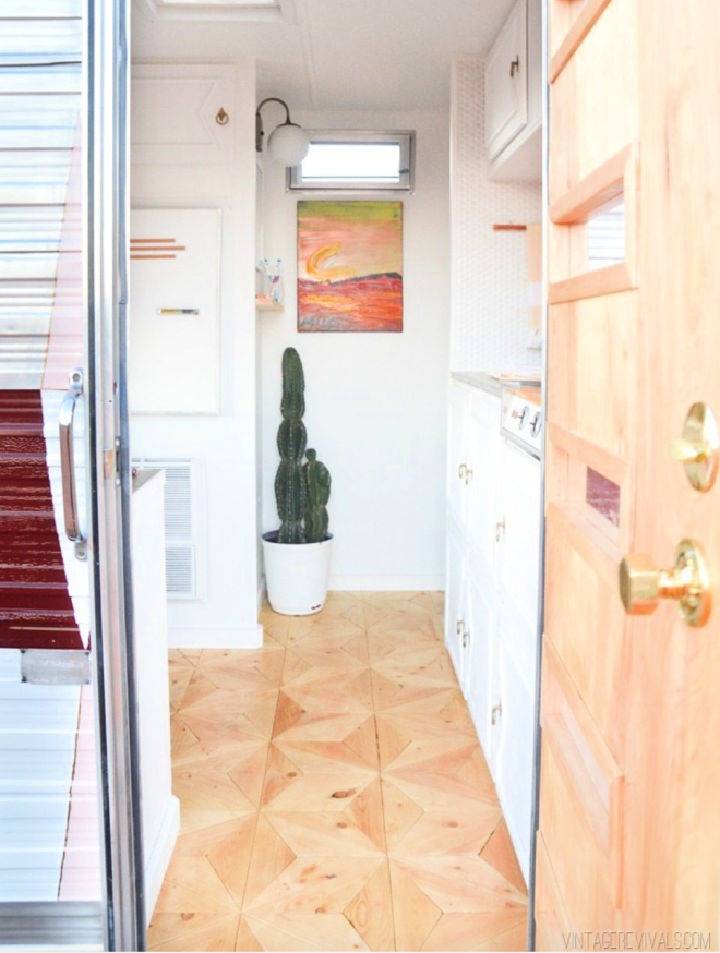
Elevate your home's style with our DIY Geometric Plywood Floor tutorial. Transforming any room with this unique flooring option is easier than you think. Our step-by-step guide, inspired by Vintage Revivals, walks you through choosing durable birch plywood, cutting geometric shapes, and installing them for a stunning effect.
Perfect for those seeking a robust yet cost-effective flooring solution. Discover the full tutorial and additional tips on maximizing minimal waste, ensuring your project is as efficient as it is beautiful. Visit Roost & Ramble to get started on transforming your space today!
2. How to Make Plywood Floors
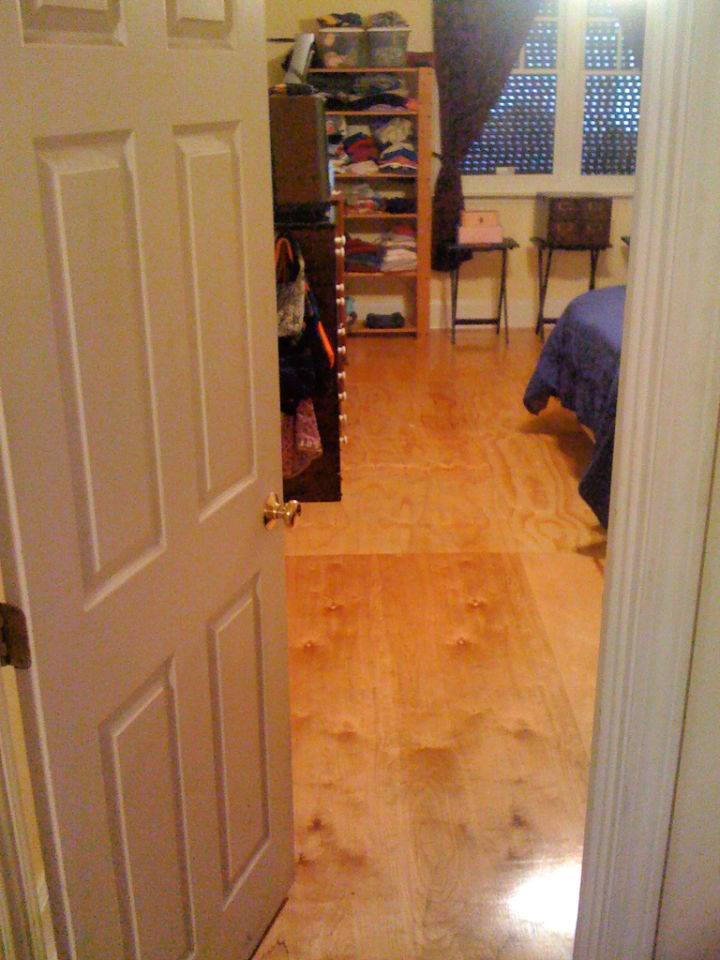
Transform your space with the art of DIY Plywood Floors. This guide offers a cost-effective solution to flooring that doesn't sacrifice style or durability. Perfect for those seeking a customizable and unique look, our step-by-step instructions make the installation process straightforward and accessible. Upgrade your home today with this practical and stylish flooring option.
3. Easy DIY Plywood Floors
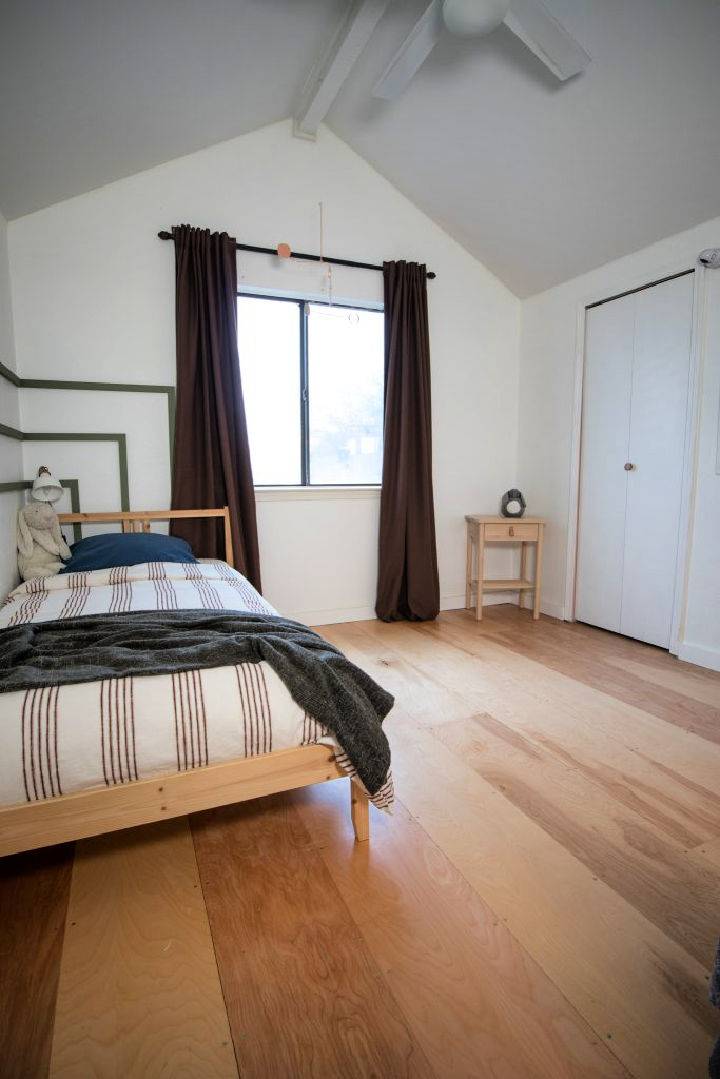
Transform your home with stunning DIY plywood floors! Embrace the beauty and warmth of natural birch plywood for an affordable flooring solution. Perfect for those embarking on their first DIY project, our guide at DwellAware.me walks you through every step. Discover essential tools, choosing the right plywood, and the secrets to securing and sealing your floors for a durable finish. Join countless others impressed by the surprising resilience and charm of plywood flooring. Start your DIY journey today and marvel at the transformation!
4. Wide Plank Wood Flooring from Plywood
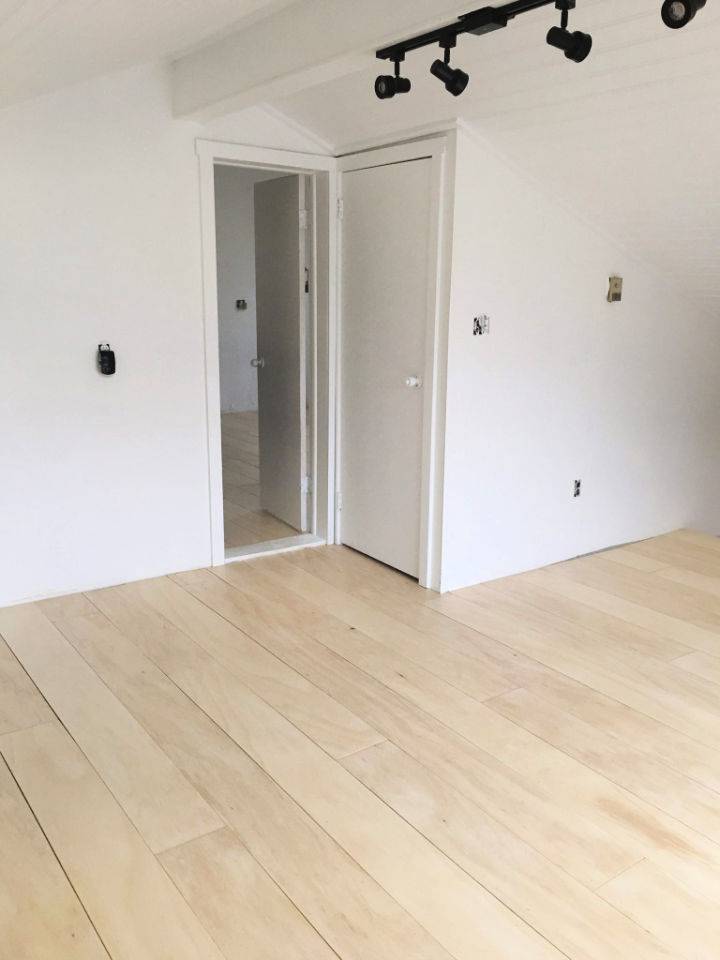
Transform your home with a stylish yet budget-friendly flooring solution! Discover the creative journey of crafting beautiful wide-plank wood floors from plywood, as shared by The Lake and the Land. From choosing the right plywood to the finishing touches with polyurethane, this guide walks you through each step of making your DIY flooring dreams come true. Perfect for low-traffic areas, this project not only saves money but also allows you to customize your floors to your style. Dive into this engaging and helpful tutorial to bring warmth and character to your space without breaking the bank.
5. How to Make Custom Plywood Floor
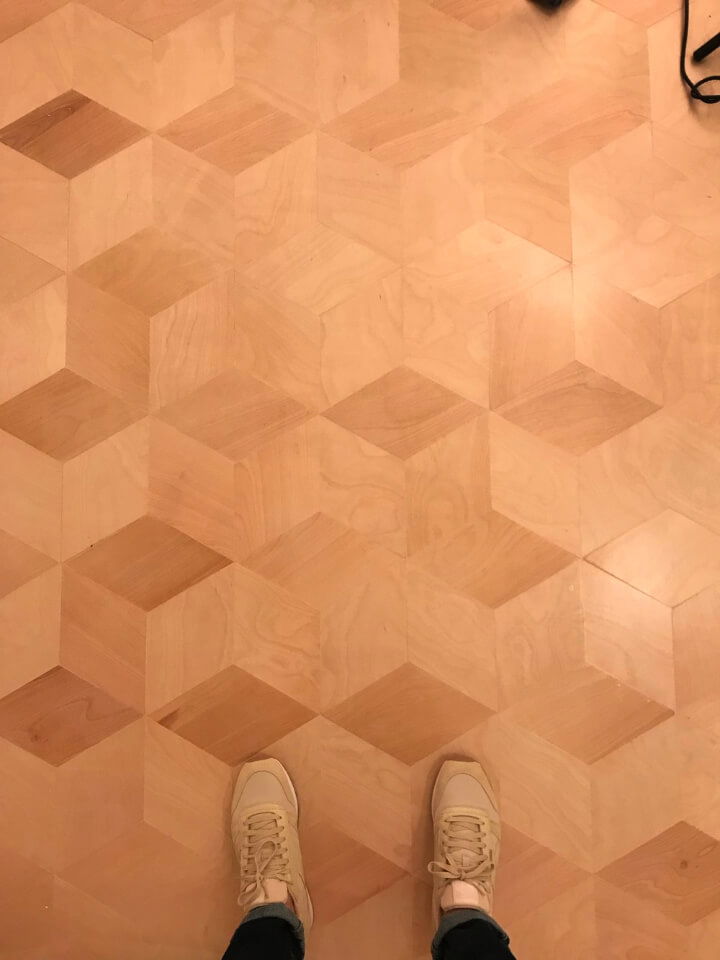
Discover the craft of making unique and stylish DIY plywood floors with a patterned design, courtesy of Modern Builds. This project is a brilliant way to revamp any space, offering a light and modern touch with 1/2” birch plywood. The guide takes you through every crucial step, from cutting your plywood into strips and making charming parallelograms, to the final touches of installing your floors and applying a protective finish. Get ready to transform your floors with precision and creativity.
6. DIY Plywood Flooring
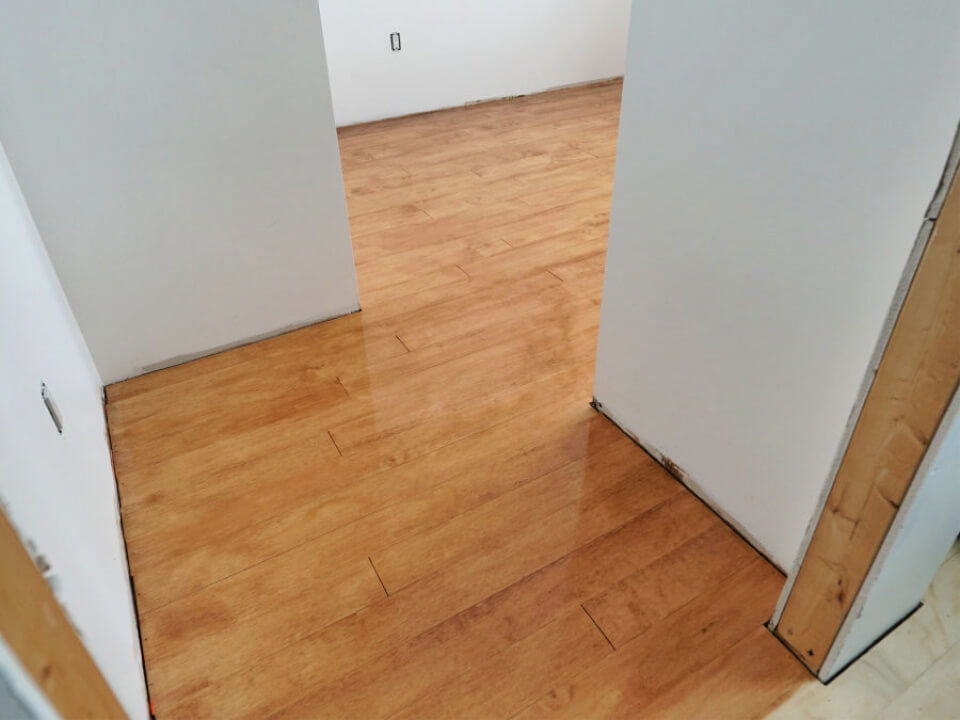
Transform your space with a cost-effective and stylish plywood flooring solution. Step by step, iBuildit guides you through installing and finishing plywood flooring to achieve a beautiful, durable surface. Ideal for homes with in-floor heating, this detailed guide removes the complexities, teaching you how to cut, install, and finish plywood strips for a unique look. Embrace the charm of plywood flooring and give your room a makeover that's both affordable and appealing.
7. DIY Marbled and Plywood Floor
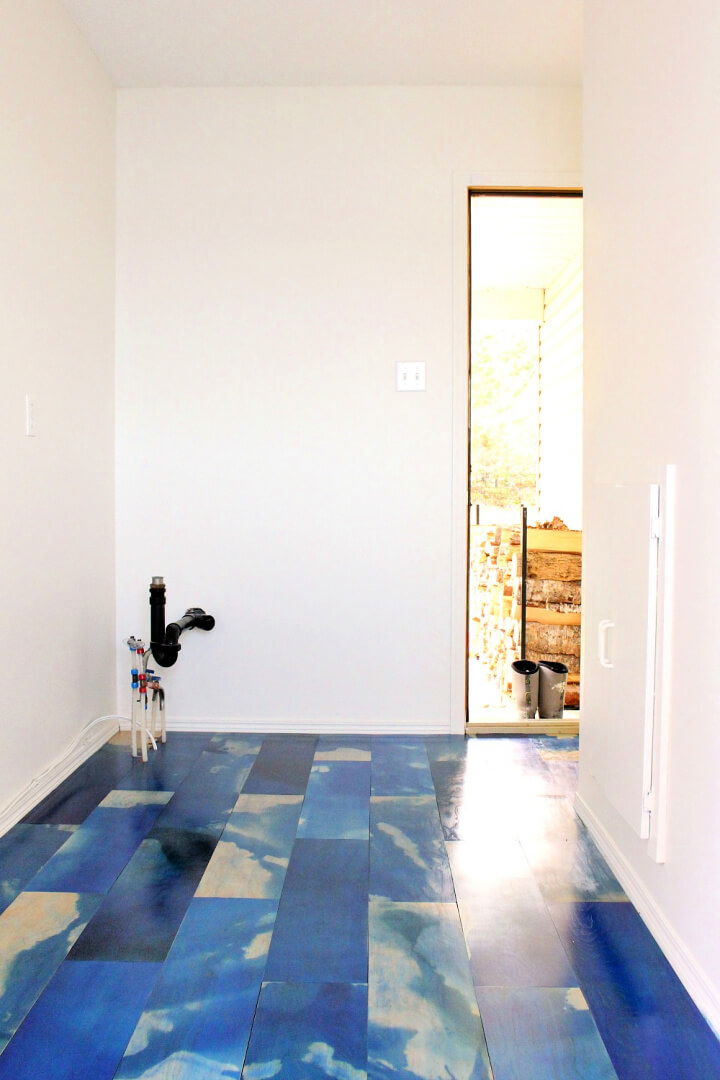
Embarking on a DIY plywood floor project? Dans le Lakehouse offers detailed insights. Learn how to achieve a stunning marbled effect with wood stain. Discover useful steps from selecting proper supplies and cutting planks to the final touches like sanding and applying polyurethane. Tips on layout planning and installing the floor ensure a seamless process. Whether fixing minor errors or achieving a smooth finish, this guide empowers you to make a durable and visually appealing plywood floor.
8. How to Install Plywood Flooring
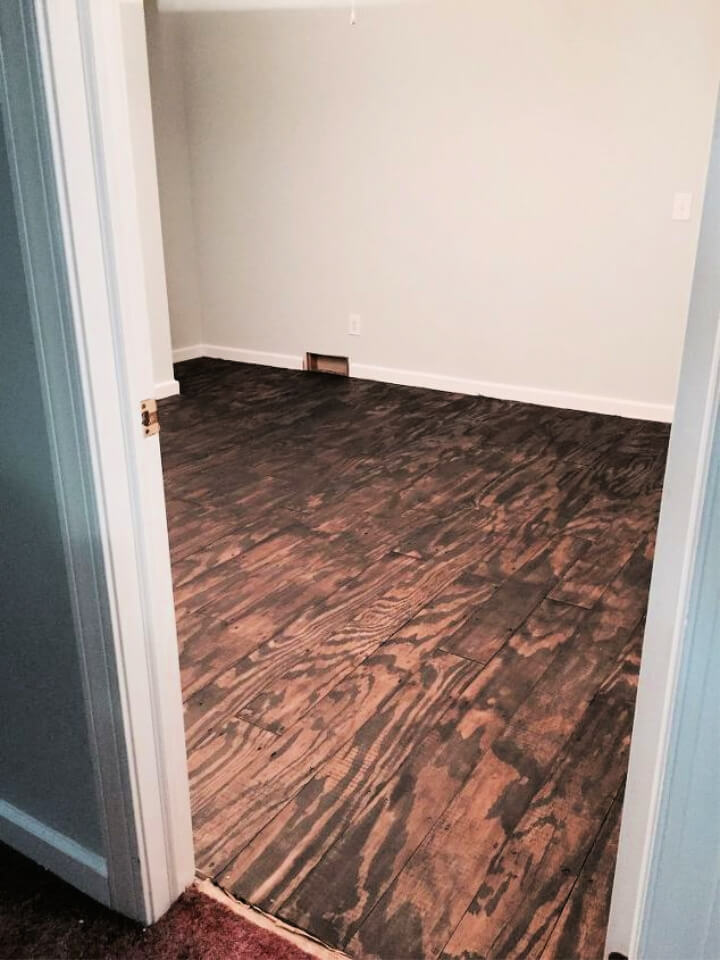
Revolutionize your home with DIY Plywood Plank Floors! Discover how to transform any room into a space of elegance and warmth without breaking the bank. Plywood floors offer a cost-effective yet remarkably sophisticated flooring solution that is easier to install than you might think.
Ideal for rustic or modern interiors, this guide walks you through the entire process, from selecting the right plywood to applying the perfect finish for lasting beauty. Let your creativity and love for DIY guide you to make floors that impress everyone who steps into your home. For a complete step-by-step, visit Hometalk.
9. Low Budget Plywood Plank Floor
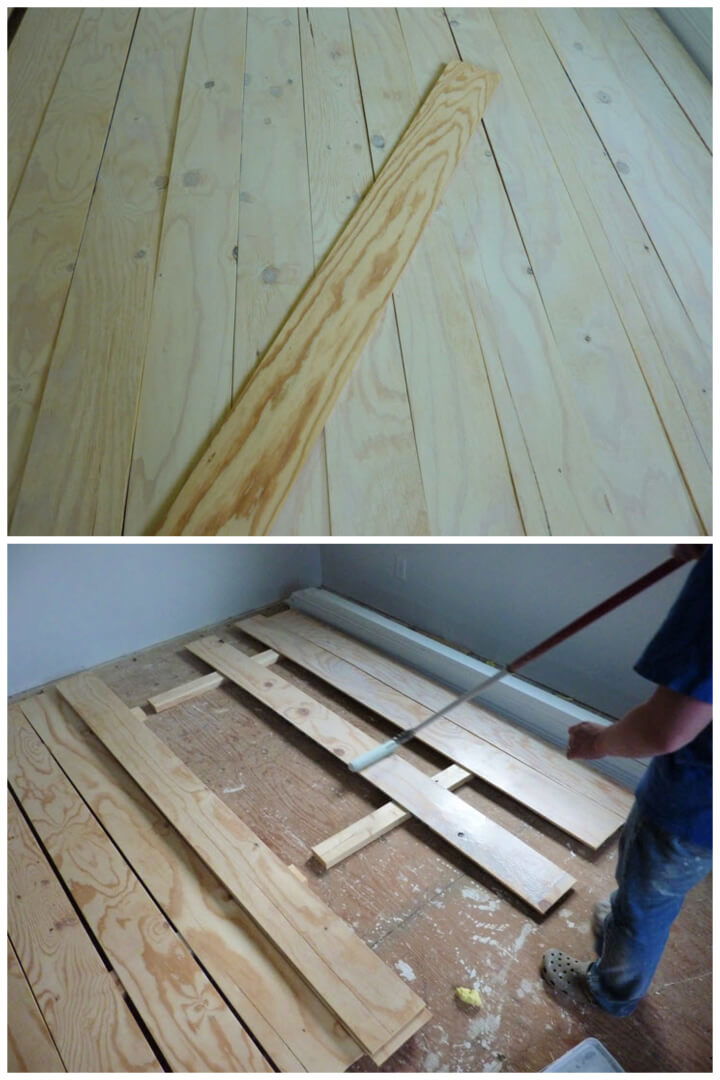
Transform your home on a budget with DIY Plywood Plank Floors! Perfect for those who love a rustic yet modern look, this project marries affordability with style. From selecting the right plywood to the final touches, learn how to make durable, eye-catching floors. Embrace the DIY spirit and give your space a makeover. For a detailed guide and inspirational tips, visit DIY Dork. Start crafting floors that not only save money but also elevate your home's aesthetic.
10. Wide Plank Floor Out of Plywood
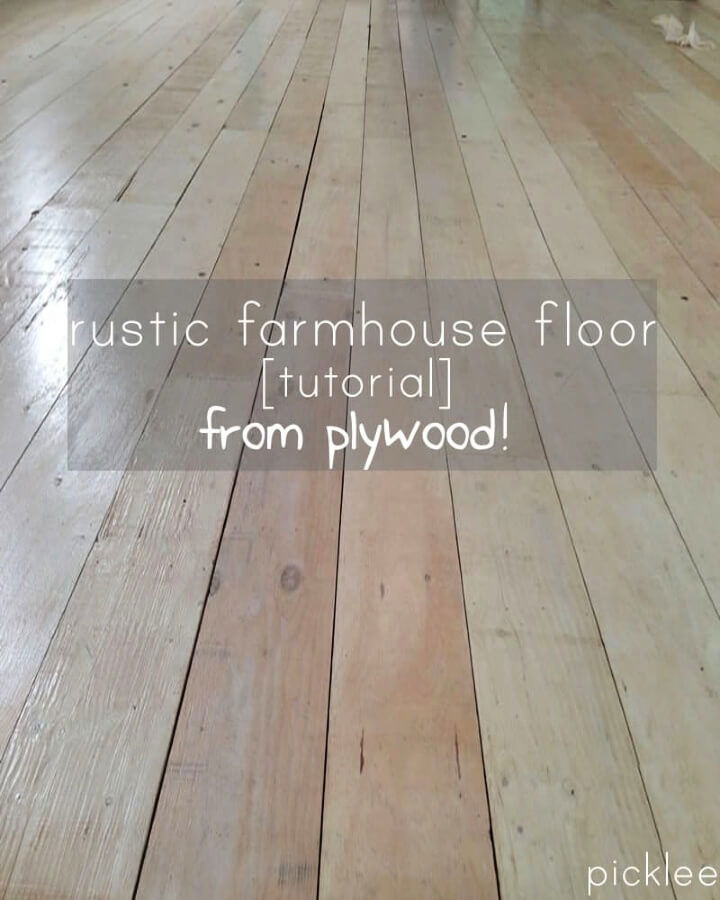
Transform your home into a rustic retreat with our DIY Farmhouse Wide Plank Floor guide, crafted from plywood! This cost-effective solution brings a classic, coastal charm to any room, mimicking the elegant look of traditional hardwood floors without breaking the bank. Perfect for DIY enthusiasts, we detail how to select, cut, and finish plywood into gorgeous wide planks. For a step-by-step tutorial that will elevate your space, visit Picklee. Discover how to add timeless beauty to your home with this simple yet stunning project.
11. Sitting Room's Plywood Flooring
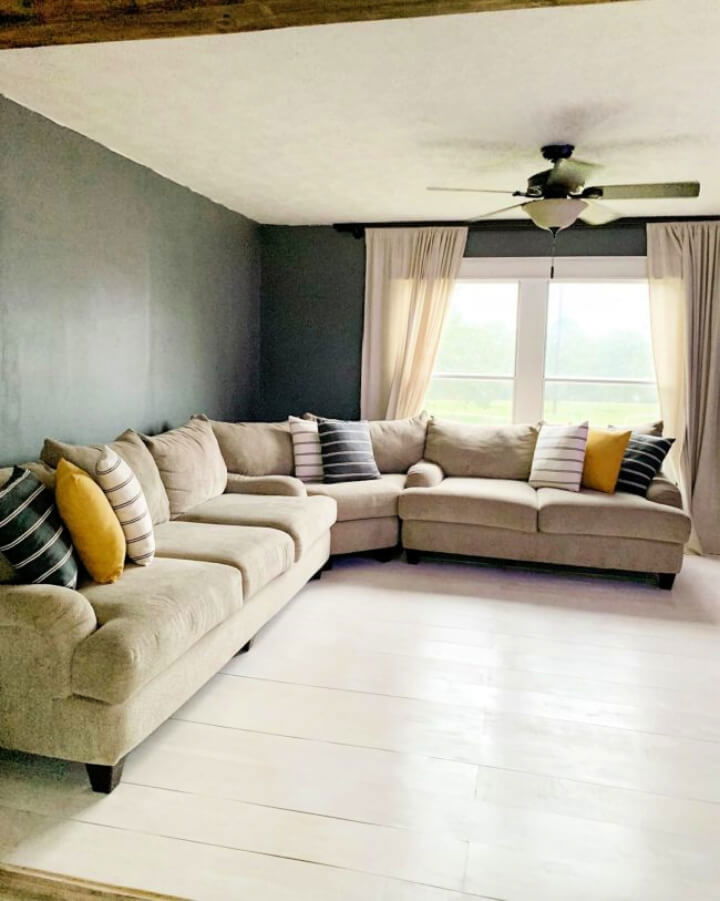
In search of an affordable and stylish flooring solution? Dive into an exceptional DIY plywood flooring project that breathes new life into your mobile home. Discover a step-by-step guide that covers everything from selecting the right plywood to the final paint touches, making it feasible for any homeowner.
This project demonstrates how simplicity, paired with a bit of creativity, can lead to stunning results in achieving a modern farmhouse look. For a deeper dive into the materials, process, and invaluable tips, visit Mobile Home Living. Transform your space into a cozy haven with this cost-effective flooring choice.
12. Build Plywood Plank Kitchen Floor
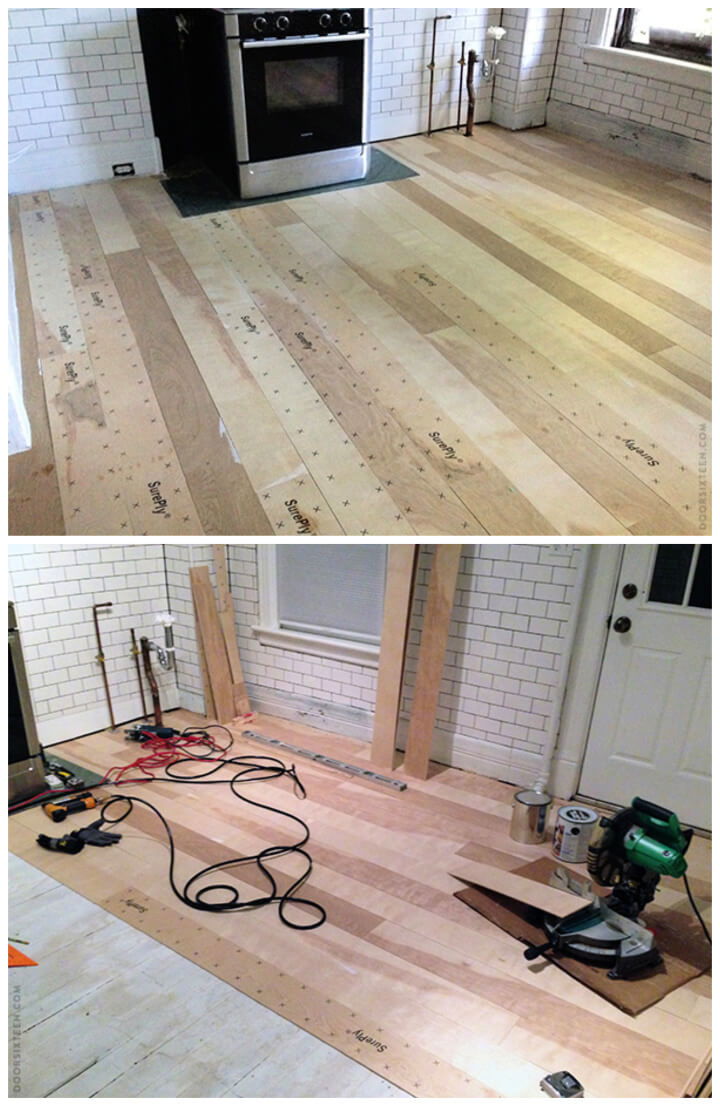
Embarking on a DIY journey to install a plywood plank kitchen floor can transform your space with a cost-effective and chic solution. Anna from Door Sixteen shares her inventive approach, opting for inexpensive 1/4" plywood cut into planks over the existing subfloor.
This creative choice, inspired by cost-saving techniques and beautiful results seen in other homes, demonstrates how, with a little imagination and elbow grease, achieving a stunning wide-plank wood floor on a budget is entirely possible. Anna's step-by-step guide through the challenges and achievements of this project provides invaluable insights for anyone looking to upgrade their kitchen floor with practicality and style.
13. DIY Plywood Flooring in Bedroom
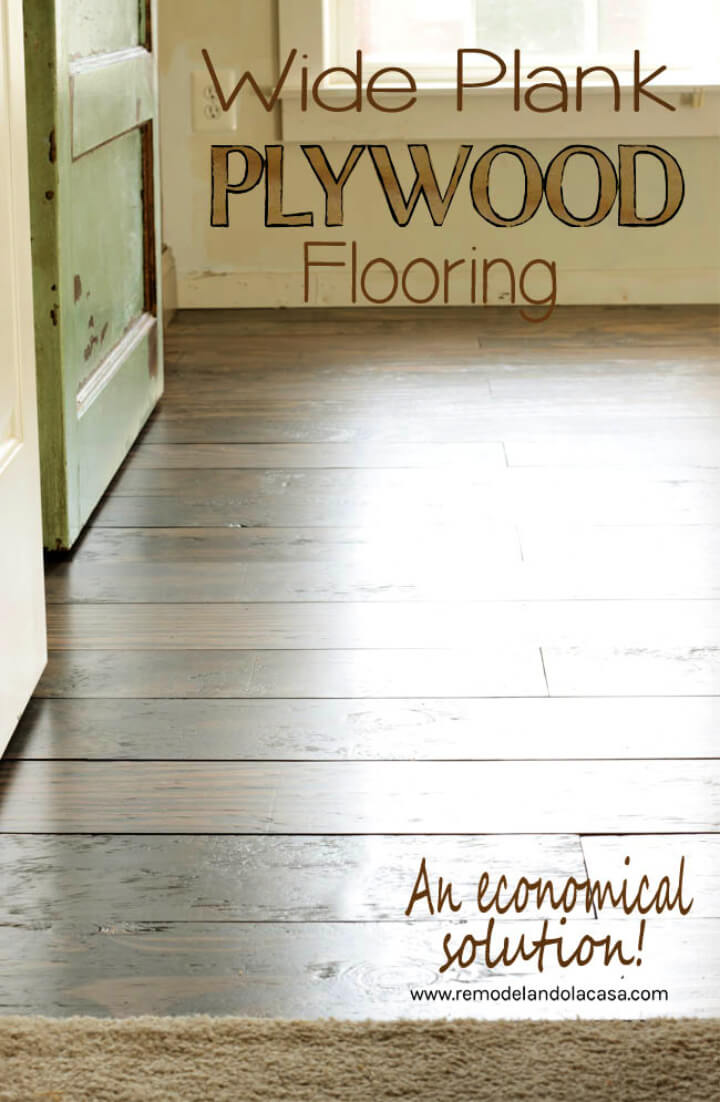
Transform your space with a unique DIY plywood flooring solution! Following the insightful guide at Remodela La Casa, you can revamp a second-story bedroom beautifully and economically. Start by removing the old carpet and preparing the sub-floor. Opt for a painted base - any dark shade works.
Plan your layout to minimize cuts. Use liquid nails and brad nails to secure the planks, creatively spacing them for a tailored fit. This approach not only enhances the aesthetic appeal but also offers significant savings at about $1 per square foot. Ready to elevate your home's design? Dive into this rewarding project!
14. Hardwood Plank Floor from Plywood
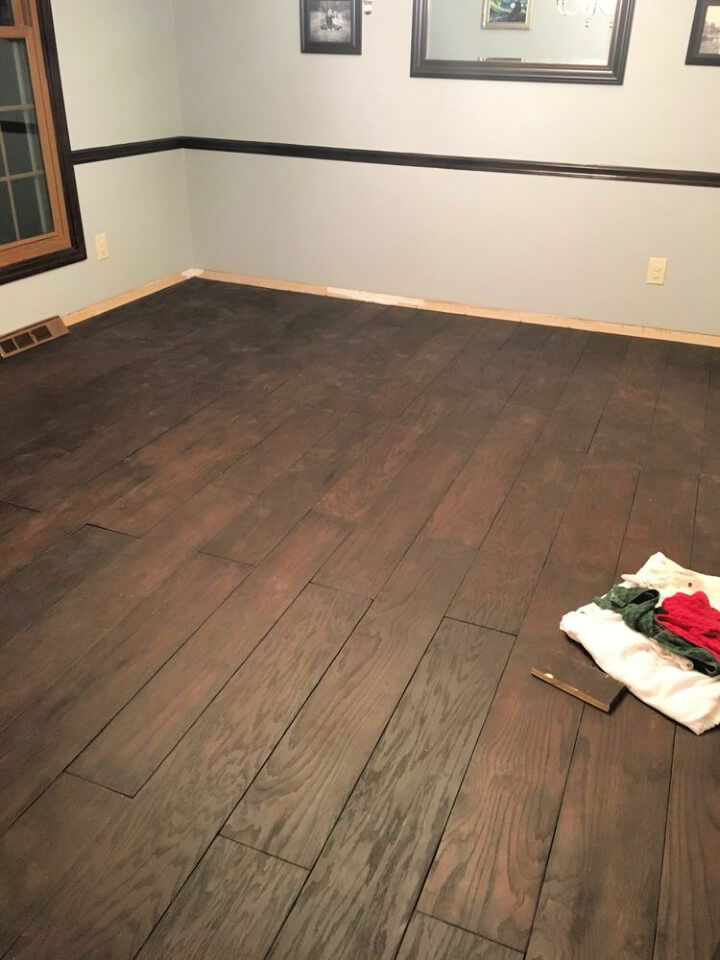
Dive into the world of DIY and transform your home with your own hardwood plank floors using plywood. Ms. Kate guides you through her journey of giving her 1980s home a modern and affordable flooring upgrade. Witness how plywood floors withstand the test of time, enduring everything from high heels to winter boots.
Learn the importance of choosing the right materials, like red oak plywood, and the step-by-step process from prep to staining. Embrace this budget-friendly alternative and make stunning, durable floors for your home. Visit Ms. Kate Decorates for insights and inspiration on DIY plywood hardwood floors.
15. Make Your Own Plywood Floor
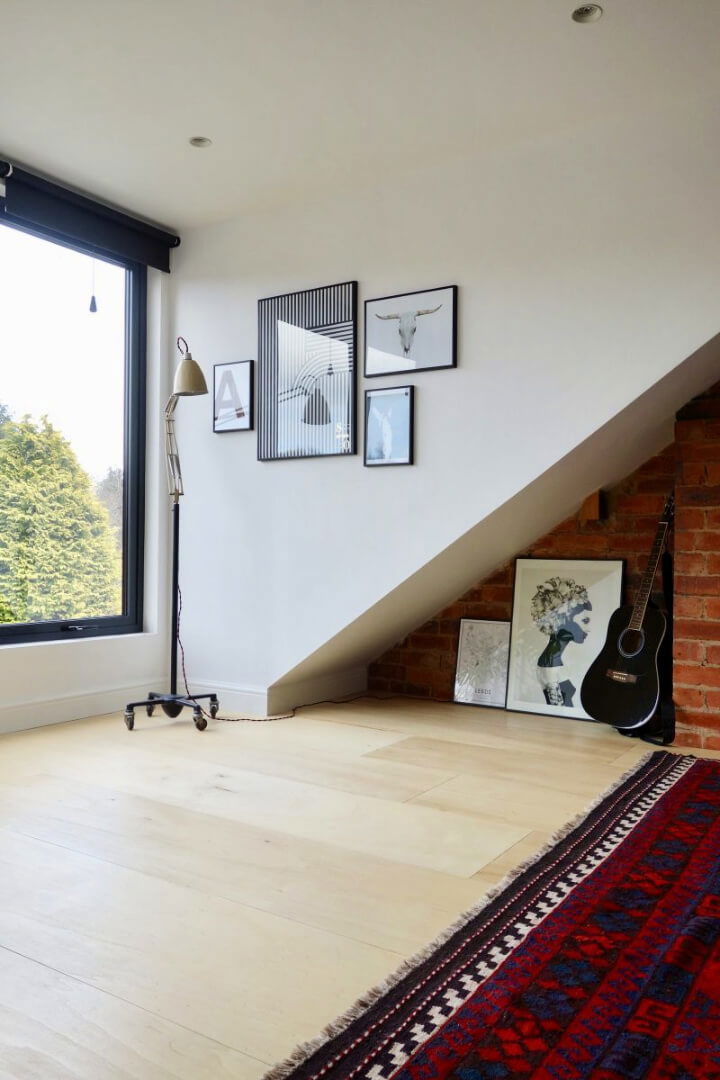
Wondering how a plywood floor stands up over time? Check out our 15-month review here. Discover real insights on durability, maintenance, and aesthetic changes. Ideal for specific spaces, we share tips on where it thrives and where it might not. Get helpful advice for your flooring choices.
You can also turn your DIY spirit into your passion and you can earn a lot by selling plywood flooring planks! And plywood floor planks can be your most profitable woodworking projects to make and sell.
Conclusion
In conclusion, embarking on your journey with 15 cheap DIY plywood flooring ideas not only presents an opportunity for significant savings but also allows you to unleash a wave of creativity within your home. From selecting the right plywood to the finishing touches of staining and sealing, each step offers a chance to customize and enhance the beauty of your floors. This guide has aimed to equip you with the knowledge and confidence needed to transform your spaces. Embrace the challenge and reward of DIY plywood flooring; the results are sure to impress both you and your visitors. Remember, the key to a successful project lies in careful planning, precision, and a dash of creativity. Now, go forth and make your flooring dreams a reality!


